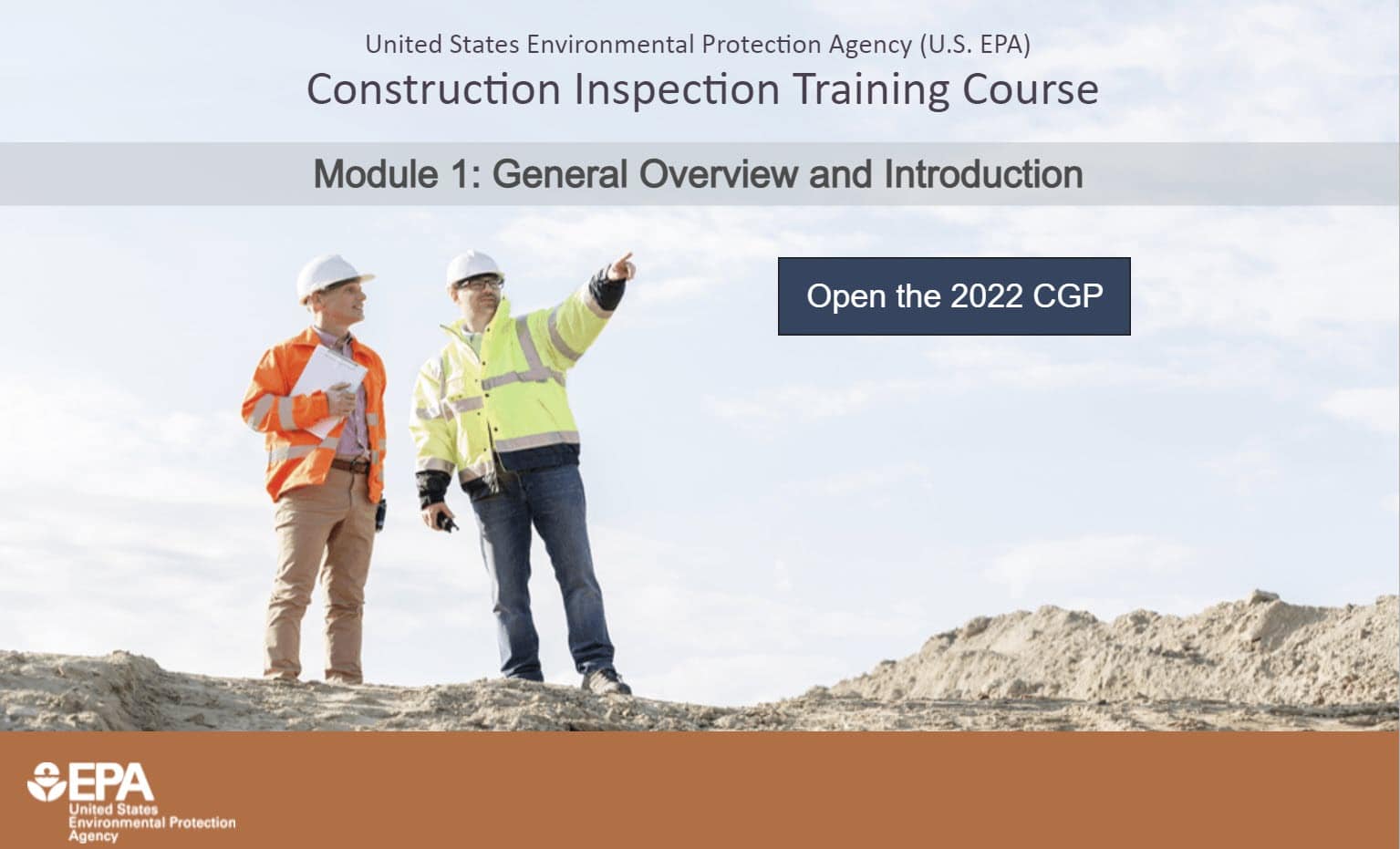Just how accurate are vegetation inventories? Currently, we are allowed to conduct a visual estimate of percent cover of a given plant species. Based upon the 2020 US Army Corps of Engineers National Wetland Plant List we can determine whether a site has a hydrophytic plant community. Two issues arise from this methodology. The first of course is the proper identification of the plant species. Most wetland biologists put forth a tremendous effort in trying to correctly identify both the genus and species of a given plant. However, the second issue is the estimate of percent cover. This is highly subjective and prone to large error.
The procedure for determining percent cover is a simple guesstimate of looking up into the sky and estimating how much cover each species occupies. Similarly, we also look downwards and estimate the aerial cover of smaller species. The problem lies in the fact that it’s a guess. If you were to have a dozen wetland biologists on a given site, I can almost guarantee that you will have a dozen sets of data. The problem is exasperated by the fact that it is entirely possible for one group of individuals to identify a plant community as being hydrophytic and another group looking at the exact same plant community and find it to be an upland community.
How is this possible? Well quite simply the problem lies in the data collection itself. The current methodology can have variances up to 40%. If you were to go to court and had to defend your data what would be your comfort level given this type of variance?
Fortunately, the US Army Corps of Engineers has published another plant collection methodology. Buried deep in the back of the regional supplements in Appendix B is a procedure called the point intercept sampling method. This procedure is highly accurate and can have a variance of less than 2% among numerous data collectors. As you might suspect it takes a bit longer to do this type of procedure, but the data is rock solid. The following procedure is taken directly from US Army Corps of Engineers regional supplements for wetland delineations. It is highly recommended that you consider incorporating this procedure into your routine wetland delineation methods. As part of our wetland delineation programs, we offer training using this methodology. Please review the methodology outlined below and let us know your comments.
Appendix B: Point-Intercept Sampling Procedure for Determining Hydrophytic Vegetation
The following procedure for point-intercept sampling is an alternative to plot-based sampling methods to estimate the abundance of plant species in a community. The approach may be used with the approval of the appropriate Corps of Engineers District to evaluate vegetation as part of a wetland delineation. Advantages of point-intercept sampling include better quantification of plant species abundance and reduced bias compared with visual estimates of cover. The method is useful in communities with high species diversity, and in areas where vegetation is patchy or heterogeneous, making it difficult to identify representative locations for plot sampling. Disadvantages include the increased time required for sampling and the need for vegetation units large enough to permit the establishment of one or more transect lines within them. The approach also assumes that soil and hydrologic conditions are uniform across the area where transects are located. Transects should not cross the wetland boundary. Point-intercept sampling is generally used with a transect-based prevalence index (see below) to determine whether vegetation is hydrophytic.
In point-intercept sampling, plant occurrence is determined at points located at fixed intervals along one or more transects established in random locations within the plant community or vegetation unit. If a transect is being used to sample the vegetation near a wetland boundary, the transect should be placed parallel to the boundary and should not cross either the wetland boundary or into other communities. Usually, a measuring tape is laid on the ground and used for the transect line. Transect length depends upon the size and complexity of the plant community and may range from 100 to 300 ft. (30 to 90 m) or more. Plant occurrence data are collected at fixed intervals along the line, for example every 2 ft. (0.6 m). At each interval, a “hit” on a species is recorded if a vertical line at that point would intercept the stem or foliage of that species. Only one “hit” is recorded for a species at a point even if the same species would be intercepted more than once at that point. Vertical intercepts can be determined using a long pin or rod protruding into and through the various vegetation layers, a sighting device (e.g., for the canopy), or an imaginary vertical line. The total number of “hits” for each species along the transect is then determined. The result is a list of species and their frequencies of occurrence along the line (Mueller-Dombois and Ellenberg 1974, Tiner 1999). Species are then categorized by wetland indicator status (i.e., OBL, FACW, FAC, FACU, or UPL), the total number of hits determined within each category, and the data used to calculate a transect-based prevalence index. The formula is similar to that given in Chapter 2 for the plot-based prevalence index (see Indicator 3), except that frequencies are used in place of cover estimates. The community is hydrophytic if the prevalence index is 3.0 or less. To be valid, more than 80 percent of “hits” on the transect must be of species that have been identified correctly and placed in an indicator category.
The transect-based prevalence index is calculated using the following formula:
PI = FOBL + 2FFACW + 3FFAC + 4FFACU + 5FUPL
FOBL + FFACW + FFAC + FFACU + FUPL
where:
PI = prevalence index
FOBL = frequency of obligate (OBL) plant species;
FFACW = frequency of facultative wetland (FACW) plant species;
FFAC = frequency of facultative (FAC) plant species;
FFACU = frequency of facultative upland (FACU) plant species;
FUPL = frequency of upland (UPL) plant species.

